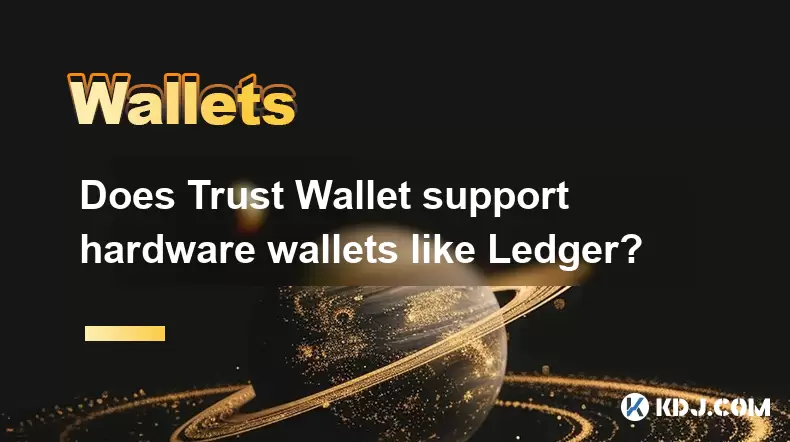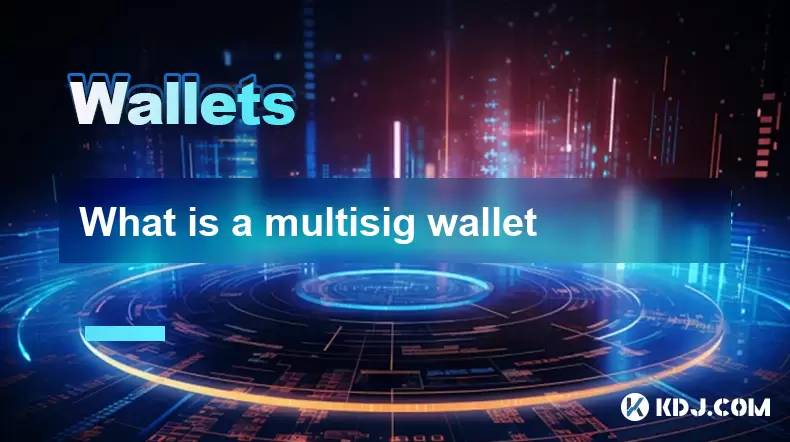-
 Bitcoin
Bitcoin $118,209.3536
1.16% -
 Ethereum
Ethereum $3,151.7546
5.98% -
 XRP
XRP $2.9277
2.35% -
 Tether USDt
Tether USDt $1.0000
0.00% -
 BNB
BNB $689.7099
1.26% -
 Solana
Solana $163.4270
1.91% -
 USDC
USDC $1.0000
0.02% -
 Dogecoin
Dogecoin $0.1983
3.74% -
 TRON
TRON $0.3008
0.51% -
 Cardano
Cardano $0.7435
2.86% -
 Hyperliquid
Hyperliquid $47.6547
-0.48% -
 Stellar
Stellar $0.4625
2.79% -
 Sui
Sui $3.9921
2.71% -
 Chainlink
Chainlink $16.0608
4.23% -
 Hedera
Hedera $0.2348
1.56% -
 Bitcoin Cash
Bitcoin Cash $496.6985
1.25% -
 Avalanche
Avalanche $21.9038
5.41% -
 UNUS SED LEO
UNUS SED LEO $8.8356
-1.88% -
 Shiba Inu
Shiba Inu $0.0...01364
5.31% -
 Toncoin
Toncoin $3.1102
4.35% -
 Litecoin
Litecoin $95.9756
3.59% -
 Polkadot
Polkadot $4.0925
5.78% -
 Monero
Monero $333.7622
-1.44% -
 Uniswap
Uniswap $9.1968
2.25% -
 Bitget Token
Bitget Token $4.6378
6.23% -
 Pepe
Pepe $0.0...01282
6.77% -
 Dai
Dai $1.0002
0.03% -
 Ethena USDe
Ethena USDe $1.0005
0.00% -
 Aave
Aave $329.9143
4.49% -
 Bittensor
Bittensor $441.4995
6.89%
Does Trust Wallet support hardware wallets like Ledger?
Trust Wallet connects to Ledger hardware wallets, combining mobile convenience with enhanced security for managing cryptocurrencies like Ethereum and Bitcoin.
Jul 09, 2025 at 01:07 am

What Is Trust Wallet?
Trust Wallet is a mobile cryptocurrency wallet that allows users to store, send, receive, and manage various cryptocurrencies. It supports a wide range of blockchain networks, including Ethereum, Binance Smart Chain, Bitcoin, and many others. One of the key features of Trust Wallet is its integration with decentralized applications (dApps), making it a popular choice among crypto enthusiasts.
Unlike traditional custodial wallets, Trust Wallet is non-custodial, meaning users have full control over their private keys. This ensures a higher level of security and autonomy in managing digital assets. Additionally, Trust Wallet offers an intuitive user interface, making it accessible even for beginners in the crypto space.
How Does Trust Wallet Work?
Trust Wallet operates by generating a unique recovery phrase during the setup process. This phrase acts as a backup for your wallet and should be stored securely offline. Users are solely responsible for safeguarding this recovery phrase, as losing it can result in permanent loss of access to funds.
The wallet also allows users to connect external devices, such as hardware wallets, for enhanced security. This integration provides an extra layer of protection, especially when handling large amounts of cryptocurrency or engaging in frequent transactions.
Can Trust Wallet Connect to Ledger Hardware Wallets?
Yes, Trust Wallet does support hardware wallets like Ledger. This compatibility enables users to combine the convenience of a mobile wallet with the security of a hardware wallet. By connecting a Ledger device to Trust Wallet, users can sign transactions without exposing their private keys to the mobile environment.
To establish this connection, users must first install the Trust Wallet app on their smartphone. Then, using a USB cable or Bluetooth (depending on the Ledger model), they can pair the hardware wallet with the mobile application. It’s crucial to ensure both devices are updated to the latest firmware versions before attempting the connection.
Step-by-Step Guide to Connect Ledger with Trust Wallet
Connecting your Ledger hardware wallet to Trust Wallet involves several steps:
- Ensure you have the latest version of Trust Wallet installed on your mobile device.
- Turn on your Ledger device and open the relevant cryptocurrency app on the hardware wallet.
- Launch Trust Wallet and navigate to the settings menu.
- Select the option to connect a hardware wallet.
- Follow the on-screen instructions to pair your Ledger via USB or Bluetooth.
- Verify the connection on both devices to ensure successful pairing.
During this process, it's important to double-check the wallet addresses displayed on both the Ledger and Trust Wallet to prevent any potential address mismatches that could lead to fund loss.
What Cryptocurrencies Are Supported When Using Ledger with Trust Wallet?
When using a Ledger hardware wallet with Trust Wallet, users gain access to a broad array of cryptocurrencies. Trust Wallet supports over 40 blockchains, including major ones like Ethereum, Bitcoin, Binance Smart Chain, and Solana.
Each supported blockchain allows users to interact with different tokens and dApps. For example, when connected to a Ledger, users can securely manage ERC-20 tokens on Ethereum or BEP-20 tokens on Binance Smart Chain directly through the Trust Wallet interface.
Before initiating transactions, users should confirm whether the specific token or network is supported by both Trust Wallet and the Ledger firmware. This prevents potential issues when sending or receiving funds.
Security Considerations When Using Trust Wallet with Ledger
Security remains a top priority when combining Trust Wallet with a hardware wallet like Ledger. While Trust Wallet itself is secure due to its non-custodial nature, integrating it with a hardware wallet adds another layer of protection.
However, users must remain vigilant about phishing attempts and fake apps. Always download Trust Wallet from official sources and verify the authenticity of the app before installation. Never share your recovery phrase or private keys with anyone, even if they claim to be representatives of Trust Wallet or Ledger.
Additionally, always review transaction details on your Ledger device before confirming them, as this helps prevent unauthorized transfers.
Frequently Asked Questions (FAQ)
Can I use other hardware wallets besides Ledger with Trust Wallet?
Yes, Trust Wallet also supports other hardware wallets such as Trezor and SafePal. The process of connecting these devices is similar to linking a Ledger, involving firmware checks and verification steps to ensure secure transactions.
Do I need an internet connection to use Trust Wallet with Ledger?
An internet connection is required for Trust Wallet to fetch blockchain data and interact with dApps. However, the actual signing of transactions occurs offline on the Ledger device, ensuring that private keys never leave the hardware wallet.
Will my funds be at risk if Trust Wallet gets hacked?
Since Trust Wallet is non-custodial, your private keys are not stored on their servers. Even if Trust Wallet were compromised, attackers wouldn’t gain access to your funds unless they also had physical access to your Ledger device or recovery phrase.
Can I disconnect my Ledger from Trust Wallet after setting it up?
Yes, you can disconnect your Ledger from Trust Wallet at any time. Your wallet data remains intact, and you can reconnect the hardware wallet whenever you want to perform secure transactions.
Disclaimer:info@kdj.com
The information provided is not trading advice. kdj.com does not assume any responsibility for any investments made based on the information provided in this article. Cryptocurrencies are highly volatile and it is highly recommended that you invest with caution after thorough research!
If you believe that the content used on this website infringes your copyright, please contact us immediately (info@kdj.com) and we will delete it promptly.
- Avalanche Onchain Insights: Token Relations Unveils Comprehensive Dashboards
- 2025-07-16 22:50:13
- Standard Chartered's Crypto Leap: Regulated Trading and Stablecoin Focus
- 2025-07-16 23:30:13
- Rare Coin Alert: Darwin, Ipswich, and Hidden Treasures!
- 2025-07-16 23:30:13
- Crypto ROI Revolution: Is BFX the Next Big Thing?
- 2025-07-16 21:30:13
- Dogecoin, HBAR, and Partnerships: A Tale of Memes vs. Utility
- 2025-07-16 21:30:13
- Cha-Ching! That £2 Coin Could Be Worth a Mint!
- 2025-07-16 22:10:12
Related knowledge

What is a hardware wallet's secure element
Jul 11,2025 at 10:14pm
What is a Hardware Wallet's Secure Element?A hardware wallet is one of the most secure ways to store cryptocurrencies. Unlike software wallets, which ...

How to track crypto whale wallets
Jul 16,2025 at 10:00am
What Are Crypto Whale Wallets?Crypto whale wallets refer to large cryptocurrency holdings controlled by individuals or entities that have the potentia...

What is the difference between a custodial and non-custodial wallet
Jul 13,2025 at 03:21am
Understanding Wallet Types in CryptocurrencyIn the world of cryptocurrency, digital wallets play a crucial role in managing and securing assets. A wal...

What is a multisig wallet
Jul 16,2025 at 01:42am
Understanding the Concept of a Multisig WalletA multisignature (multisig) wallet is a type of cryptocurrency wallet that requires more than one privat...

How to add a new network to MetaMask
Jul 11,2025 at 11:42pm
Understanding the Need to Add a New NetworkWhen using MetaMask, a popular Ethereum-based cryptocurrency wallet, users often need to interact with diff...

How to add Ethereum L2 networks like Arbitrum to Trezor
Jul 11,2025 at 12:36am
What Is Ethereum L2 and Why Add It to Trezor?Ethereum Layer 2 (L2) networks, such as Arbitrum, are scaling solutions designed to reduce congestion on ...

What is a hardware wallet's secure element
Jul 11,2025 at 10:14pm
What is a Hardware Wallet's Secure Element?A hardware wallet is one of the most secure ways to store cryptocurrencies. Unlike software wallets, which ...

How to track crypto whale wallets
Jul 16,2025 at 10:00am
What Are Crypto Whale Wallets?Crypto whale wallets refer to large cryptocurrency holdings controlled by individuals or entities that have the potentia...

What is the difference between a custodial and non-custodial wallet
Jul 13,2025 at 03:21am
Understanding Wallet Types in CryptocurrencyIn the world of cryptocurrency, digital wallets play a crucial role in managing and securing assets. A wal...

What is a multisig wallet
Jul 16,2025 at 01:42am
Understanding the Concept of a Multisig WalletA multisignature (multisig) wallet is a type of cryptocurrency wallet that requires more than one privat...

How to add a new network to MetaMask
Jul 11,2025 at 11:42pm
Understanding the Need to Add a New NetworkWhen using MetaMask, a popular Ethereum-based cryptocurrency wallet, users often need to interact with diff...

How to add Ethereum L2 networks like Arbitrum to Trezor
Jul 11,2025 at 12:36am
What Is Ethereum L2 and Why Add It to Trezor?Ethereum Layer 2 (L2) networks, such as Arbitrum, are scaling solutions designed to reduce congestion on ...
See all articles

























































































